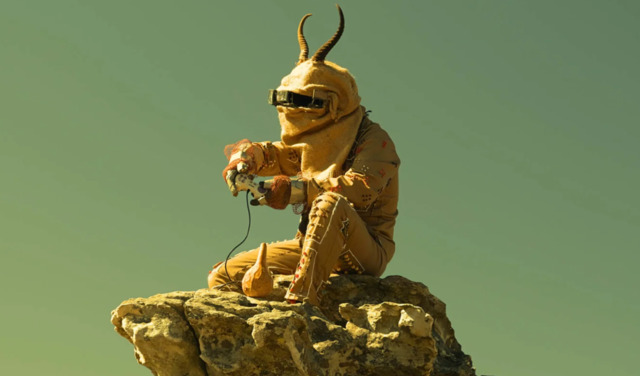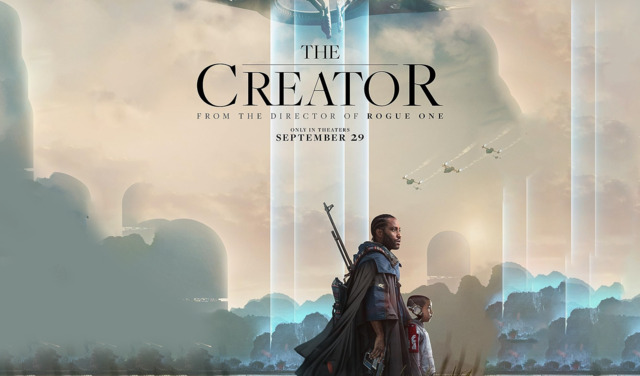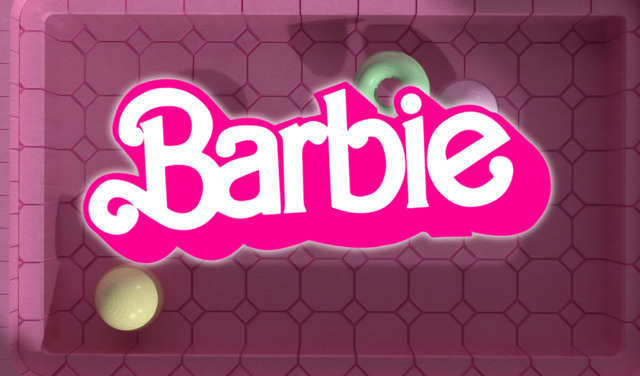The team was well-acquainted with the concept of photorealism de-aging, as it wasn’t a new practice in the industry. They had been leveraging cutting-edge technologies like Flux in films such as Ant-Man and the Wasp: Quantumania and The Irishman.
However, when the VFX supervisor Andrew Whitehurst and Robert Weaver, VFX supervisor at ILM, were assigned to the James Mangold-directed film Dial of Destiny, they immediately realized that this would be their most ambitious (and demanding) project to date.
It wouldn’t be enough to use all the tools they had at their disposal. The venture required developing some new ones as well. That’s how ILM FaceSwap came into being.
Developing new tools
During the production of Indiana Jones and the Dial of Destiny, set in the backdrop of Indy’s World War II adventures, Whitehurst and Weaver shared with Variety the details of the remarkable de-aging process applied to Harrison Ford in the film’s prologue.
Drawing upon a combination of existing tools and innovative techniques specifically developed for this project, the team introduced ILM FaceSwap. This is an advanced toolset that implemented an extensive library of images and assets derived from on-set photography and archive footage. Real-world and digital resources were also used to recreate a young version of Ford.
In spite of these groundbreaking tools, the de-aging process remained an immensely demanding undertaking. Namely, it required the dedicated efforts of over 100 VFX artists at ILM who worked on the de-aging for three years.
The team meticulously worked to ensure that Ford’s appearance closely aligned with his portrayal in the previous films. The collective dedication and skill of the VFX artists were instrumental in crafting a seamless and authentic depiction of a younger Indiana Jones.
Harrison Ford explains the VFX technology used to de-age him in the new 'Indiana Jones,' how he was wined and dined into joining the cast of '1923,' and the real reason he wanted to join the Marvel Universe. pic.twitter.com/twu9Dxyh4X
— Esquire (@esquire) July 5, 2023
Impressive or controversial
ILM’s involvement in digital VFX to recreate or de-age an actor’s appearance extends beyond Indiana Jones and the Dial of Destiny. The company has demonstrated their expertise in this field in previous projects. In the film Rogue One: A Star Wars Story and the popular series The Mandalorian, ILM successfully used digital effects to recreate or de-age actors, including Peter Cushing, Carrie Fisher, and Mark Hamill.
Through these efforts, ILM managed to digitally bring back these iconic performers, capturing their likenesses as they appeared during the production of the original version of the films.
This groundbreaking work in the Star Wars universe paved the way for further advancements in the field. Following the success of ILM’s projects, other entries in the Marvel Cinematic Universe and films like Martin Scorsese’s The Irishman also employed similar techniques.
These endeavors showcased the expanding use of digital VFX to seamlessly de-age actors or create digital recreations. This further enabled filmmakers to explore new storytelling possibilities and expand the visual landscape of their films. ILM’s contributions to these projects have played a significant role in advancing the capabilities of digital VFX in the film industry.
New perspectives
The World War II prologue in “Indiana Jones and the Dial of Destiny” has undoubtedly sparked conversations about de-aging in Hollywood. However, it is ILM’s remarkable commitment to realizing this sequence that truly stands out.
With the development of innovative tools and the unwavering dedication of their VFX artists, ILM crafted a sequence that smoothly connected Indy’s past adventures to his final journey. The immense effort invested by ILM in creating a younger version of Ford is bound to leave audiences with a fresh perspective when they revisit Ford’s final Indiana Jones film.
The emotional resonance achieved through this laborious process will undoubtedly enrich the viewing experience and deepen the appreciation for ILM’s artistry and craftsmanship.




















